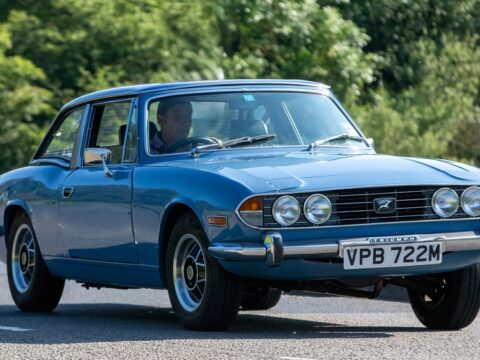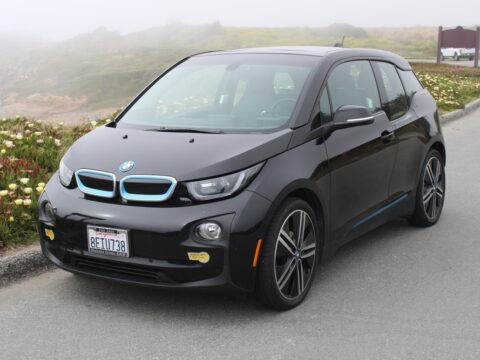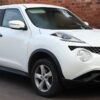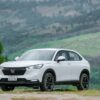Electric vehicles might seem like a modern innovation, but they’ve been around for longer than you might think. In fact, some early electric vehicles were so advanced that they seemed almost futuristic for their time. In this article, we’ll take a look at 15 forgotten electric vehicles that were way ahead of their era, showcasing the visionary designs and technology that set the stage for the EVs we know today.
Contents
Baker Electric (1899-1916)
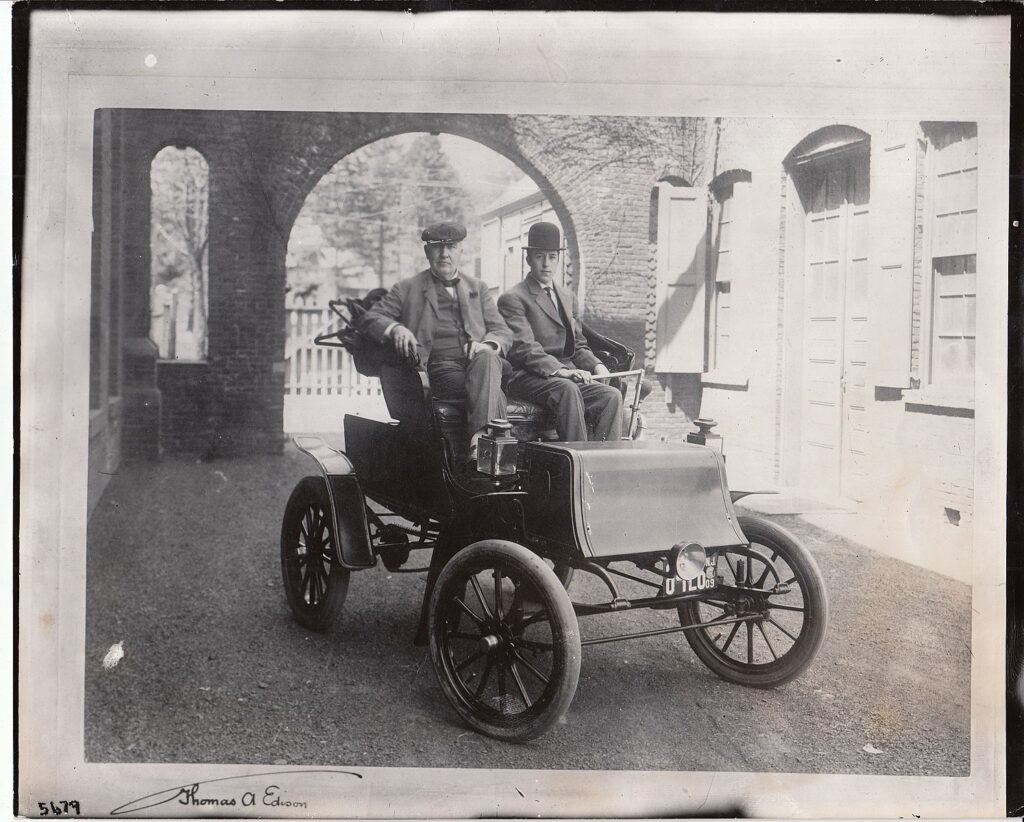
The Baker Electric was a luxury electric car that appealed to the wealthy, particularly women, for its ease of use and reliability. It featured a top speed of 14 mph and could travel up to 50 miles on a single charge, making it practical for urban driving. The Baker Electric was ahead of its time with its quiet operation, elegant design, and focus on comfort, offering amenities like an automatic starter long before gasoline cars adopted such features.
Detroit Electric (1907-1939)
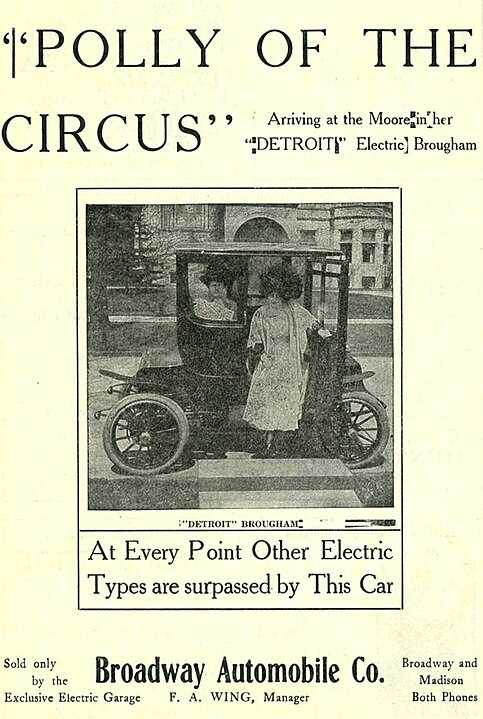
Detroit Electric cars were some of the most successful early electric vehicles, known for their impressive range of up to 80 miles on a single charge. They featured sophisticated controls, a smooth, quiet ride, and elegant interiors. Their popularity peaked in the 1910s, particularly among doctors and women, as they were considered more reliable and easier to operate than gasoline-powered cars of the time.
Columbia Electric Runabout (1897-1907)
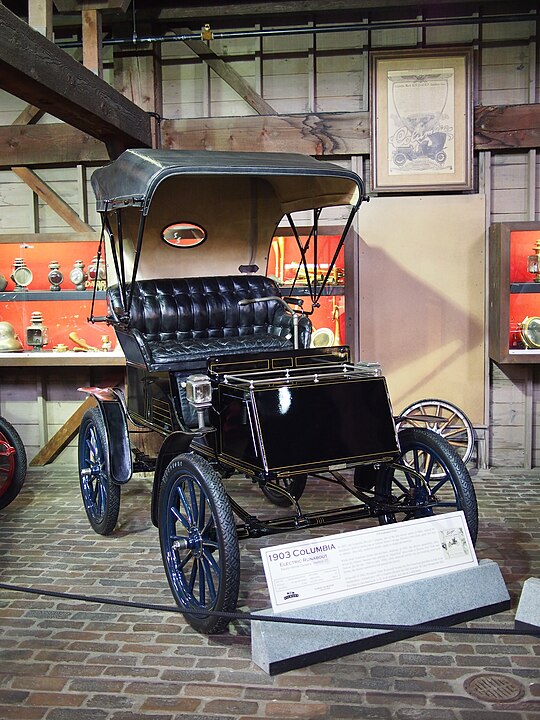
The Columbia Electric Runabout was one of the first mass-produced electric vehicles in the United States. It featured an advanced electric drivetrain for its time, offering a top speed of 15 mph and a range of 30 miles. Its innovative design, combined with the ease of operation and low maintenance costs, made it a popular choice among early electric vehicle enthusiasts.
Woods Dual Power (1916-1918)
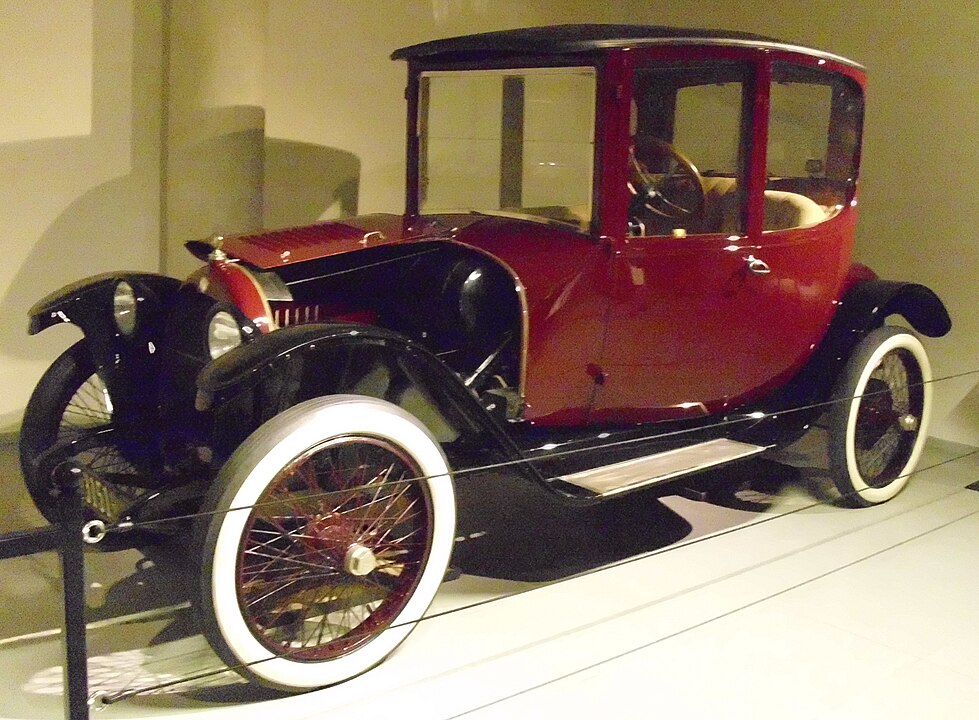
The Woods Dual Power was a pioneering hybrid vehicle, combining an electric motor with a gasoline engine. It could run purely on electricity at speeds up to 20 mph or switch to gasoline power for higher speeds. This innovative design aimed to provide the benefits of electric driving with the extended range of gasoline, making it a forerunner of modern hybrid vehicles.
Lohner-Porsche Mixte Hybrid (1901)
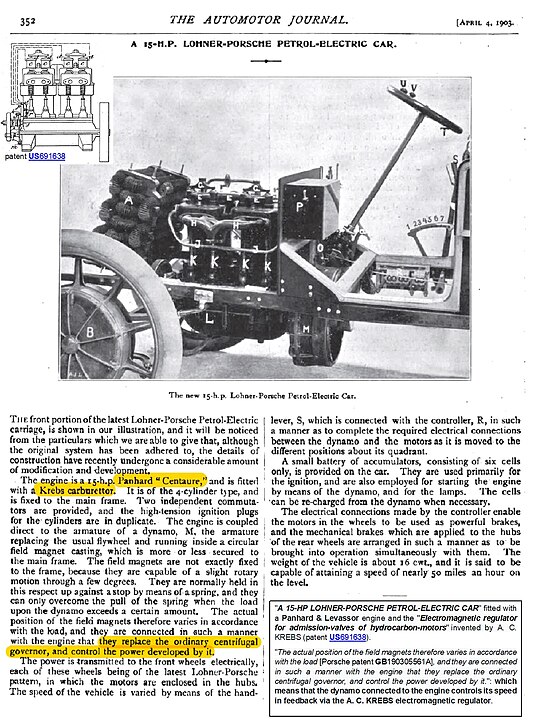
The Lohner-Porsche Mixte Hybrid, designed by Ferdinand Porsche, was one of the world’s first hybrid vehicles. It featured an internal combustion engine paired with electric hub motors in the wheels, providing both electric and hybrid drive modes. This groundbreaking technology allowed for more efficient operation and was a precursor to modern hybrid and electric vehicle technology.
Fritchle Electric (1905-1914)
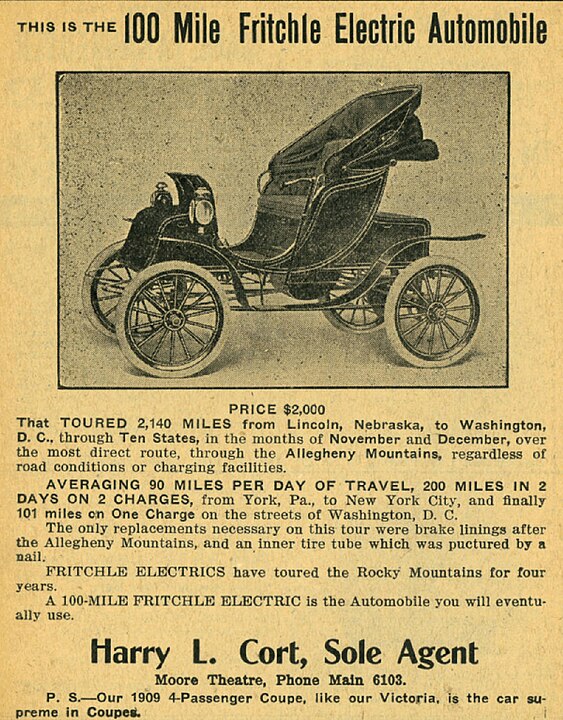
The Fritchle Electric was an early electric vehicle known for its impressive range, which could reach up to 100 miles on a single charge. This made it one of the most practical electric cars of its time, as most others had significantly lower ranges. The Fritchle was also known for its durability and robust design, which allowed it to handle longer trips and rougher roads than most other early electric vehicles.
Owen Magnetic (1915-1922)
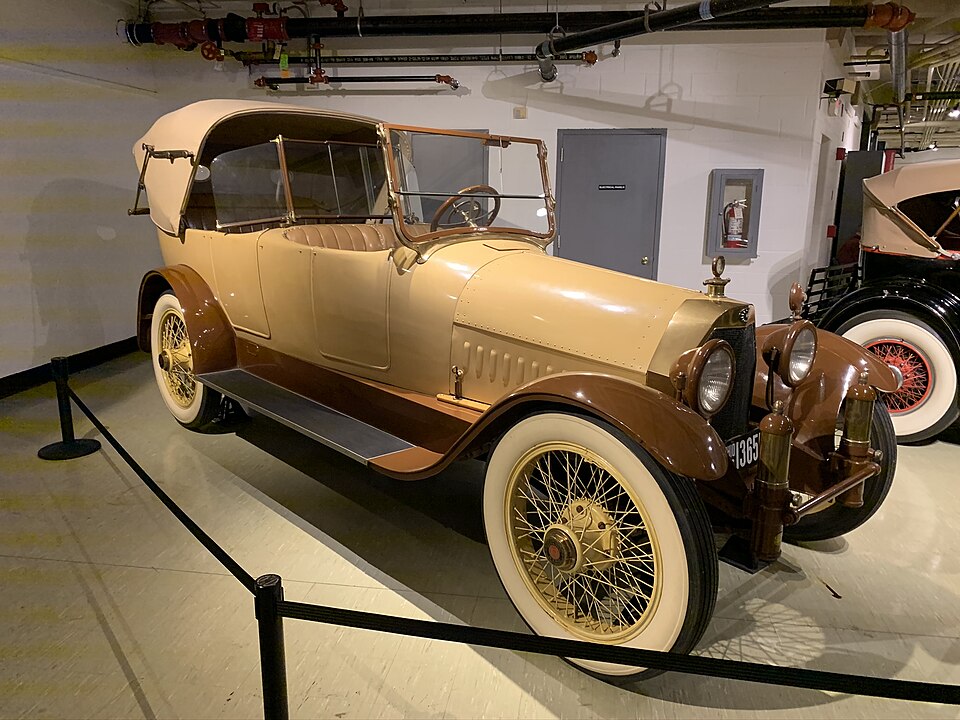
The Owen Magnetic was a luxury hybrid vehicle featuring an electric motor and a gasoline engine. Its unique magnetic transmission system allowed for a smooth, gearless driving experience. The Owen Magnetic was marketed as the “Car of a Thousand Speeds” due to its seamless transition between electric and gasoline power, providing an early example of hybrid technology aimed at delivering both performance and comfort.
Henney Kilowatt (1959-1961)
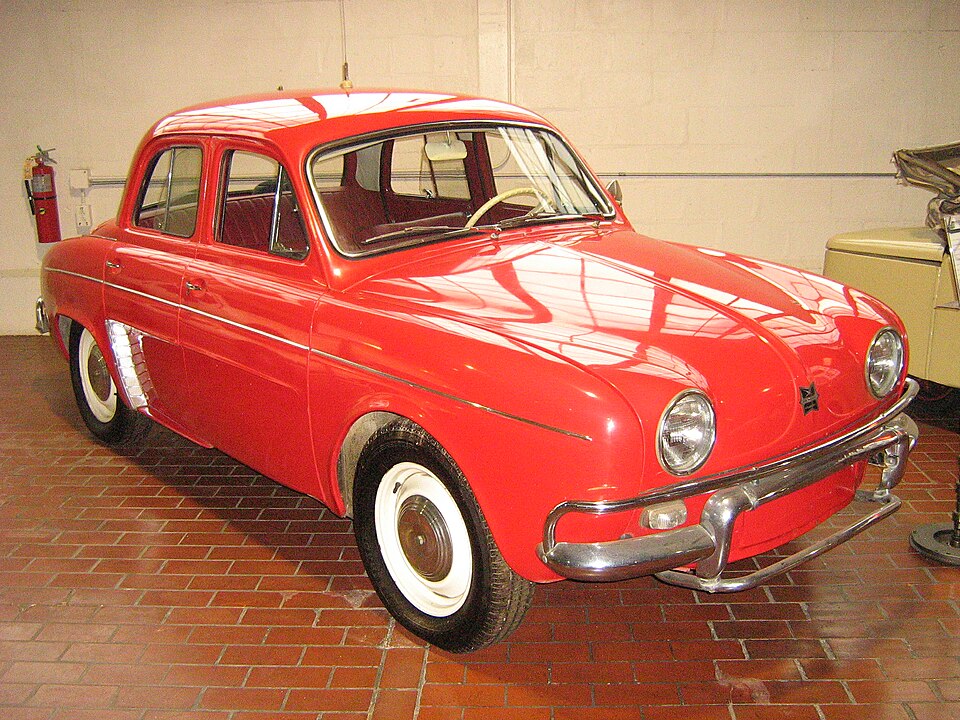
The Henney Kilowatt was one of the first attempts to produce a mass-market electric vehicle in the post-war era. It was based on the Renault Dauphine and featured a top speed of 60 mph with a range of 40 miles. Although it was ahead of its time in many ways, the Henney Kilowatt struggled with limited battery technology and high costs, which ultimately led to its failure in the market.
Sebring Vanguard CitiCar (1974-1977)

The Sebring Vanguard CitiCar was a compact, wedge-shaped electric vehicle that emerged during the 1970s oil crisis. It featured a top speed of around 30 mph and a range of 40 miles, making it ideal for short urban commutes. Despite its unusual design, the CitiCar was one of the best-selling electric cars of its time, proving there was a market for small, affordable EVs even in the early days.
Elcar 2000 (1974-1976)
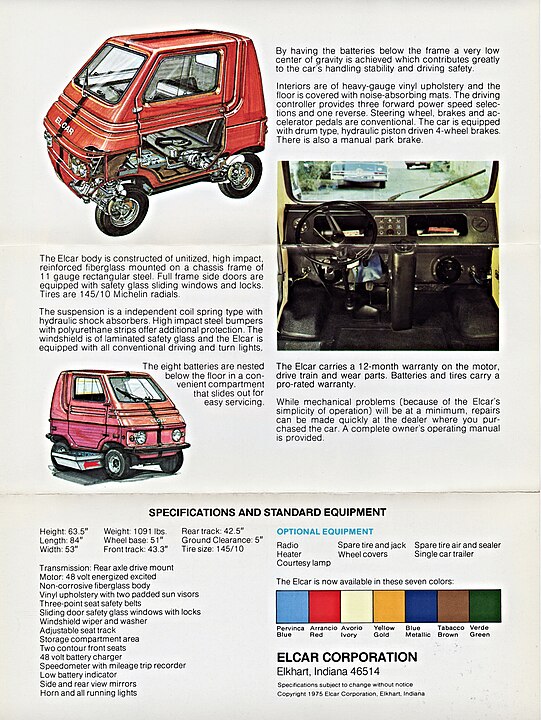
The Elcar 2000 was a microcar produced during the energy crisis of the 1970s. It was a small, electric vehicle with a range of about 50 miles and a top speed of 45 mph. The Elcar 2000’s compact design and focus on efficiency made it an interesting, if short-lived, attempt to offer an electric alternative to gasoline-powered cars during a time of fuel scarcity.
Enfield 8000 (1973-1977)
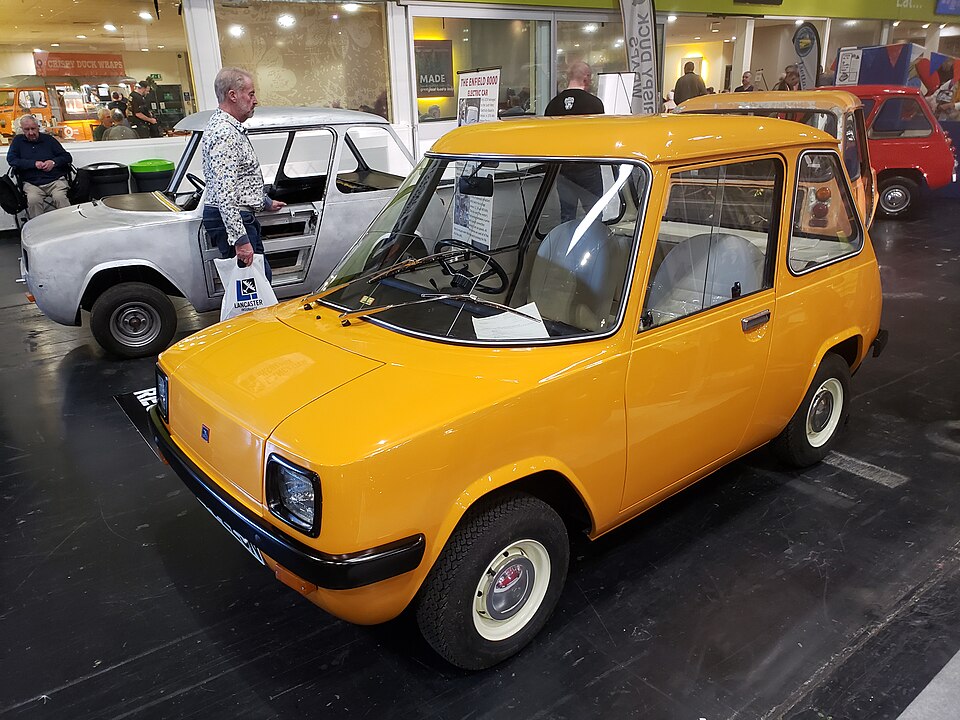
The Enfield 8000 was a British electric car designed for urban use, featuring a range of 40 miles and a top speed of 40 mph. It was built with a fiberglass body and a simple, reliable electric drivetrain. The Enfield 8000 was ahead of its time in promoting electric mobility in an era dominated by internal combustion engines, although it was limited by the technology of the period.
General Motors EV1 (1996-1999)
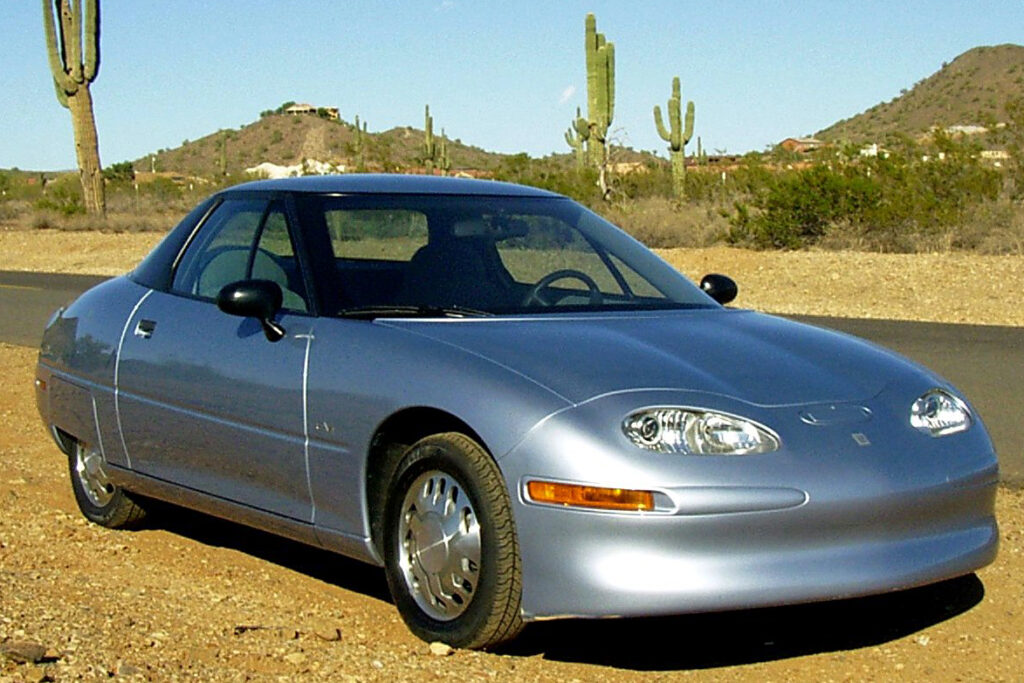
The General Motors EV1 was a revolutionary electric vehicle that was the first mass-produced and purpose-designed electric car from a major automaker. It featured advanced aerodynamics, a range of up to 160 miles, and a top speed of 80 mph. Despite its innovative design and positive reception, the EV1 was controversially discontinued, with all units being recalled and destroyed, making it a symbol of what could have been in the electric vehicle industry.
Zagato Zele (1974-1976)
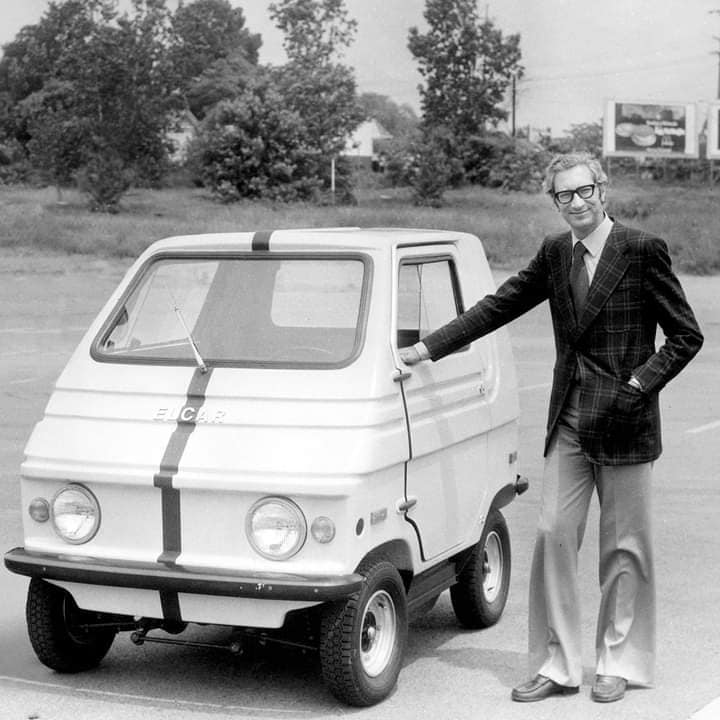
The Zagato Zele was a small, Italian-made electric city car featuring a distinctive, boxy design and a fiberglass body. It had a top speed of 25 mph and a range of 50 miles, making it suitable for urban environments. The Zele was one of the few electric vehicles of its time that offered a unique blend of style and practicality, though it never achieved widespread popularity.
Comuta-Car (1979-1982)
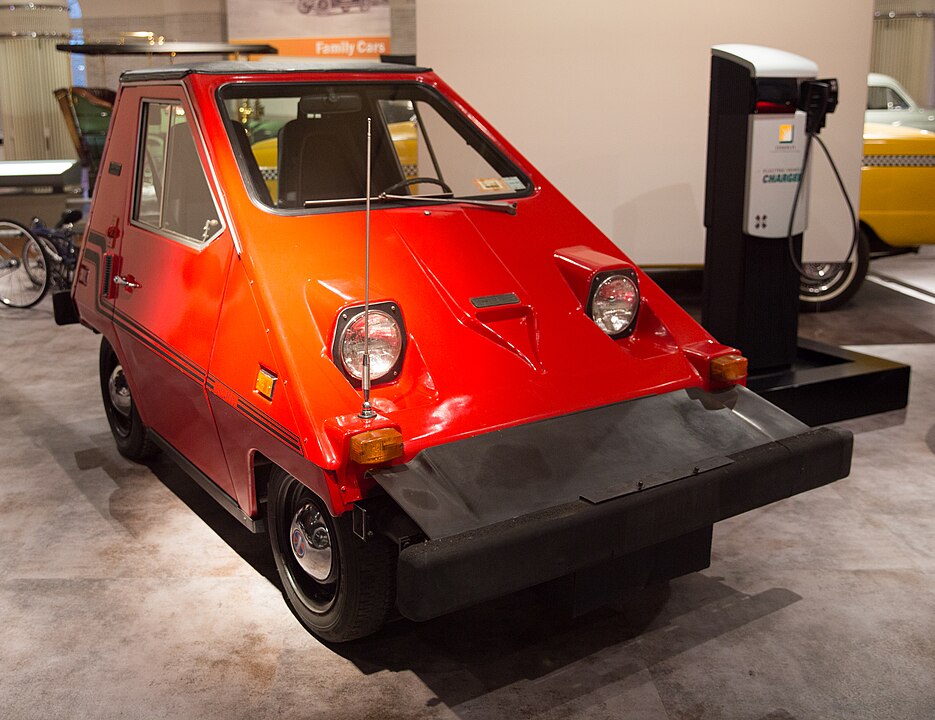
The Comuta-Car was an evolution of the earlier CitiCar, with improved range and performance. It featured a top speed of 35 mph and a range of 40 miles, making it ideal for short commutes and urban driving. The Comuta-Car was one of the most successful electric vehicles of its era, demonstrating that there was a market for small, efficient EVs even before the modern electric car boom.
Citroën Berlingo Electrique (1998-2005)
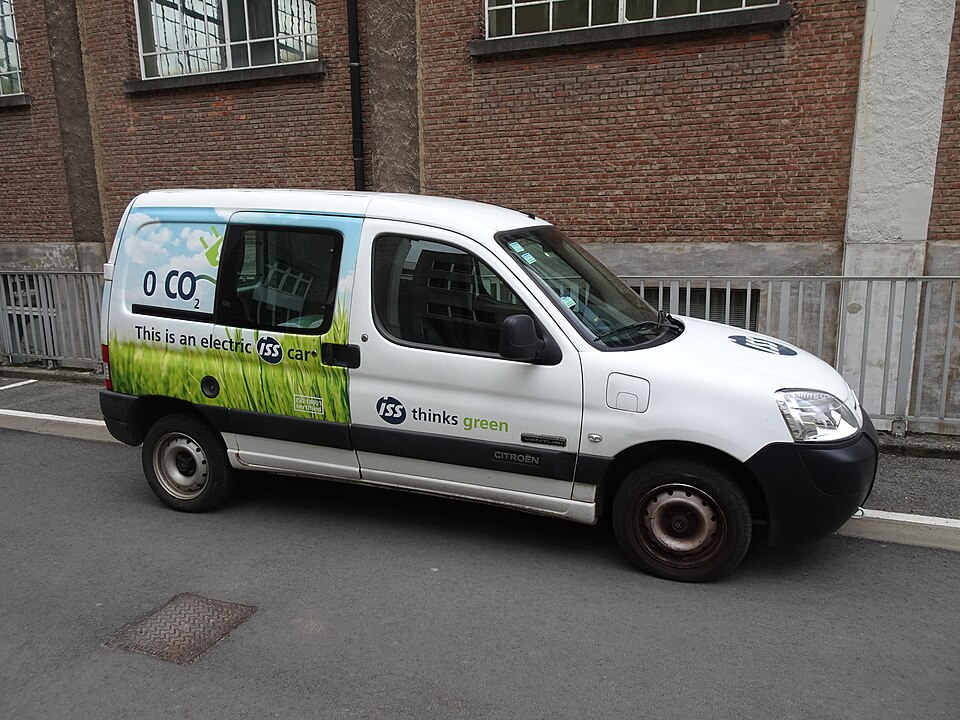
The Citroën Berlingo Electrique was one of the first electric vans designed for commercial use. It featured a range of 60 miles and a top speed of 60 mph, making it practical for urban deliveries. The Berlingo Electrique was ahead of its time in promoting electric mobility in the commercial sector, offering businesses a way to reduce their carbon footprint long before electric vehicles became mainstream.
This article originally appeared in MyCarMakesNoise.
More from MyCarMakesNoise
25 Overlooked Electric Cars You Need to Know About

Electric cars are becoming more popular every year, but some great models often get overlooked. In this article, we’ll highlight 25 electric cars that deserve more attention. Read More
20 Pros and Cons of High-Performance Sports Cars

High-performance sports cars are a dream for many car enthusiasts, offering speed, style, and a thrilling driving experience. However, these powerful machines come with their own set of advantages and disadvantages. Read More
15 Hidden Costs of Owning an Exotic Sports Car You Need to Know

Owning an exotic sports car is a dream for many, but it’s important to be aware of the hidden costs that come with it. Beyond the hefty price tag, there are numerous expenses that can catch new owners off guard. Read More

